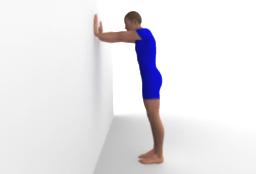Physical therapy in Downtown Birmingham and onsite at American Cast Iron and Pipe for Stretching for Dance and Gymnastics
Welcome to Iron City Physical Therapy's stretching guide for dance and gymnastics.
Stretching is an essential part of successful gymnastics. A good stretching routine can help to minimize muscle imbalances, prevent injury, improve your exercise tolerance and your gymnastic performance. Most likely stretching is part of your standard routine, under the guidance of your coach. Specific stretches are not provided here, since gymnastic stretches vary greatly from the beginner to the experienced gymnast. If you have an injury, or a specific mechanical imbalance that may be holding back your gymnastics performance, your Iron City Physical Therapy physical therapist can design a stretching program just for you.
When is the Best Time to Stretch?
When your muscles are warm and relaxed! Complete dynamic stretches after your warm-up to improve your performance and prevent injuries, and static stretches after you train or compete to assist your recovery.
How to Warm-up:
The aim of a warm-up is to get the blood flowing to the all the parts of your body that you are going to use during gymnastics. This prepares the body for the muscle stretching and exertion required to complete gymnastic skills. Since gymnastics uses the whole body, you need to warm up the whole body. This includes your lower limbs, upper limbs and trunk (back and abdominal muscles) as well as your cardiovascular system. A warm-up takes 5 to 10 minutes.
Your warm-up may include:
- jogging
- skipping
- hopping
- leaps
- chassés
- arm circles
- gradually increasing the speed and intensity of your movement.
Rules for Dynamic Stretching:
Warm up the muscles first, then stretch while your muscles are still warm.
Start with slow movements and progress to faster movements including moves that will be included in your training or routine.
Your movement should always be controlled by your muscles, do not "throw" your limbs. You should never feel pain during a stretch.
Rules for Static Stretching:
Warm up the muscles first, then stretch while your muscles are still warm.
Slowly take your muscles to the end of their range. You will feel light resistance in the muscle, but you should never feel pain during a stretch.
Hold the stretch in a static position. Do not bounce. This will help slow down the nerve impulses and return your muscles to a resting state.
Hold each stretch for 20-30 seconds. Repeat each stretch 3-4 times.
Stretching during adolescence:
Stretching during an adolescent growth spurt is particularly important for a training gymnast because the bones grow faster than the muscles putting the athlete at risk for pain and injury. Regular stretching will help maintain performance and prevent injury until the muscle length catches up, usually over a few months. Parents and coaches should watch out for athletes who report joint pain after practice or at rest, swelling, and/or difficulty loading joints (weight bearing). This may indicate the young athlete is stretching or being stretched too aggressively, or is training at too high an intensity. Stretching should never cause pain.
Dynamic Stretches:
Arm Circles
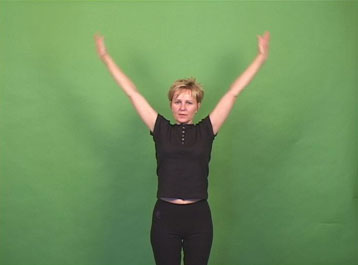
Arm Swings
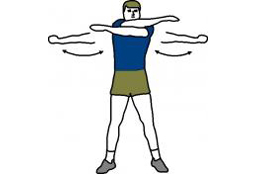
Leg Swings Forward and Back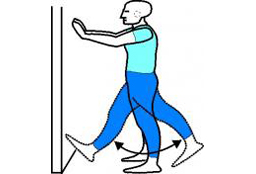
Leg Swings Sideways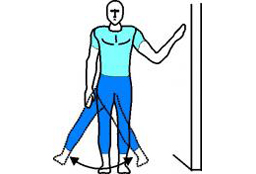 Back Rotation Stretch:
Back Rotation Stretch:
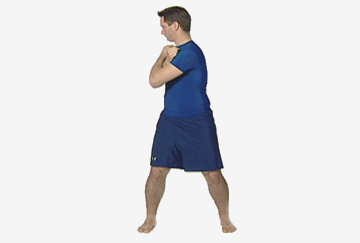 Lunges
Lunges
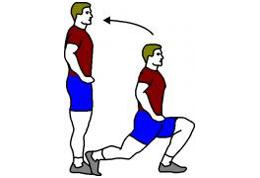 Leg Curls
Leg Curls
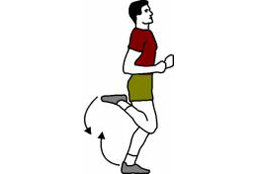 Hops
Hops
 Jumps
Jumps
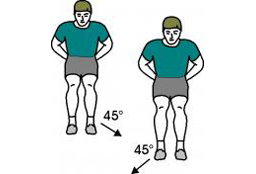 Static Stretches:
Static Stretches:
Neck range of motion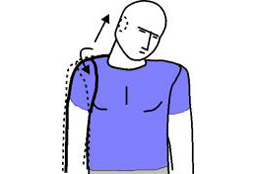 Pectoral Stretch
Pectoral Stretch
 Posterior Shoulder Stretch
Posterior Shoulder Stretch
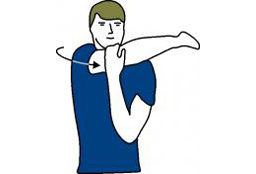 Triceps Stretch
Triceps Stretch
 Lower back extension stretch
Lower back extension stretch
 Hamstring stretch
Hamstring stretch
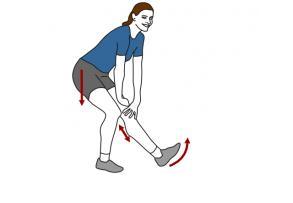 Quadriceps stretch
Quadriceps stretch
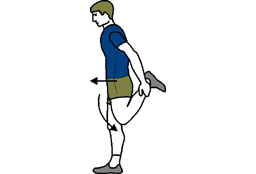 Hip Flexor Stretch
Hip Flexor Stretch
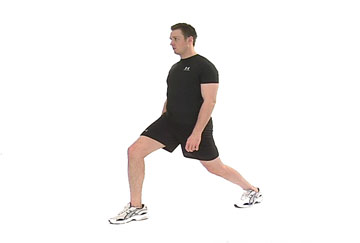
Groin Stretch
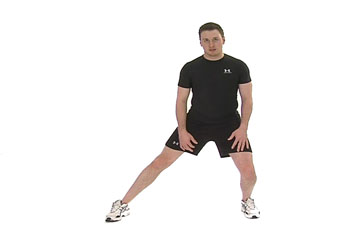 Gluteal Stretch
Gluteal Stretch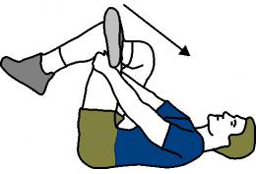 Calf Stretch-Gastrocnemius
Calf Stretch-Gastrocnemius
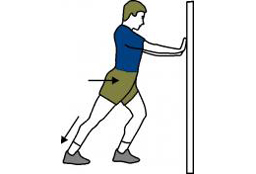 Calf Stretch-Soleus
Calf Stretch-Soleus
